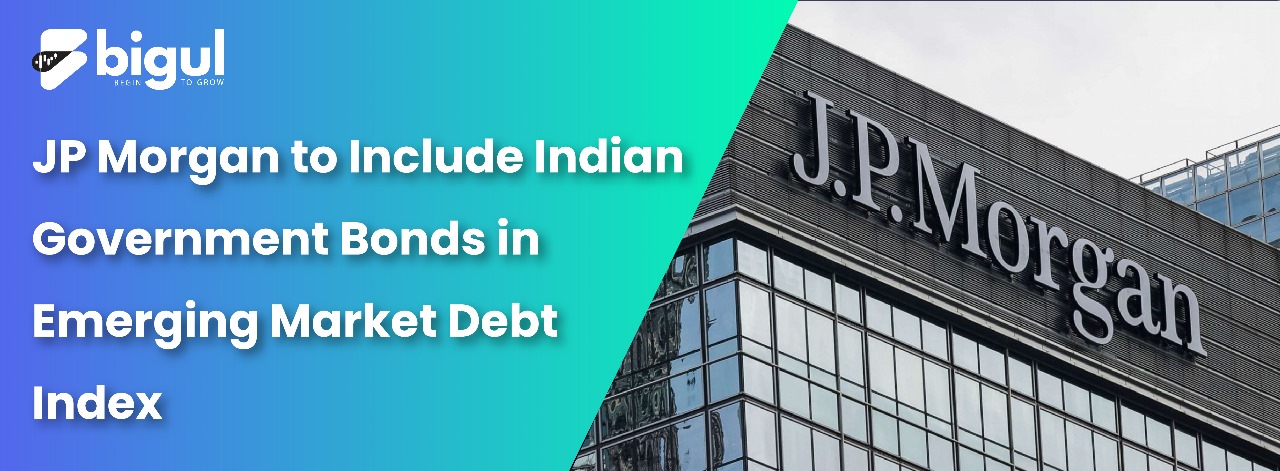JP Morgan is set to incorporate Indian government bonds into its widely followed emerging market debt index, potentially injecting billions of dollars into India’s economy. India’s domestic bonds will be included in the Government Bond Index-emerging markets (GBI-EM) and the broader index suite. These indices serve as benchmarks for approximately $236 billion worth of assets in global investment funds.
Significant Impact on India’s Economy
The addition of Indian bonds to these indices holds the potential to significantly impact India’s journey toward achieving a $5 trillion economy. However, it also exposes India to increased susceptibility to fluctuations in the global market, as it becomes more interconnected with changes in sentiment, economic circumstances, and policies in major economies, which may affect bond prices and yields.
Gradual Integration Plan
Starting from June 28, 2024, the integration of Indian bonds will occur over ten months, incrementally increasing their index weighting by 1% at each step. JPMorgan has outlined this gradual approach with the expectation that India will eventually reach the maximum allowable weighting of 10% in the index.
Eligible Indian Government Bonds
JPMorgan has identified a total of 23 Indian Government Bonds (IGBs) with a collective notional value amounting to $330 billion as eligible for inclusion. These bonds fall under the “fully accessible” category, making them open for investment by non-resident investors.
Positive Market Reaction
This significant development has been widely praised, with experts highlighting its positive impact on both the bond market and the Indian rupee. The inclusion of Indian bonds in the GBI-EM index is seen as a favorable move for bond investors, offering them a broader range of investment opportunities. Additionally, this decision is expected to promote the growth of the bond market within India.
Boost to Domestic Currency
The inclusion of Indian bonds is expected to lower India’s cost of funding, facilitating the financing of the country’s fiscal and current account deficit, and contributing to a healthier economic outlook.
JP Morgan’s Market Outlook
JP Morgan’s report suggests that in the near term, both the 10-year Government Security (G-sec) and the Indian Rupee (INR) are expected to exhibit strong performance. Their preference leans towards long positions in the 10-year G-sec without the need for foreign exchange hedging. They are also expanding their strategy by incorporating a bond into their 5-year Non-Deliverable Overnight Indexed Swaps (NDOIS) trade, anticipating a tightening of the asset swap.
Medium and Long-Term Expectations
In the medium term, JP Morgan anticipates investors will strategically position themselves ahead of the index inclusion scheduled for June 2024. Looking further into the future, this inclusion could act as a catalyst for additional index inclusions, potentially extending to joining the Bloomberg Global Aggregate Index. This move could attract an estimated additional $10 billion in inflows.
Potential Inflows into the G-Sec Market
JP Morgan’s report speculates that following the index inclusion, annual inflows into the Government Securities (G-sec) market could reach approximately $18.5 billion. It also suggests that the internationalization of the Indian Rupee (INR) and ongoing reforms in India’s capital market may eventually lead to the INR’s inclusion in Special Drawing Rights (SDR), marking a significant milestone in the currency’s global recognition.
